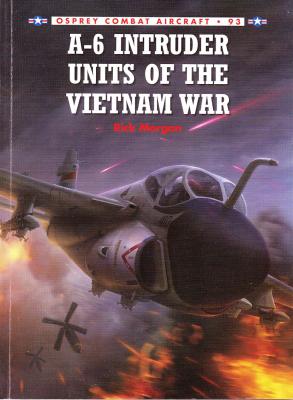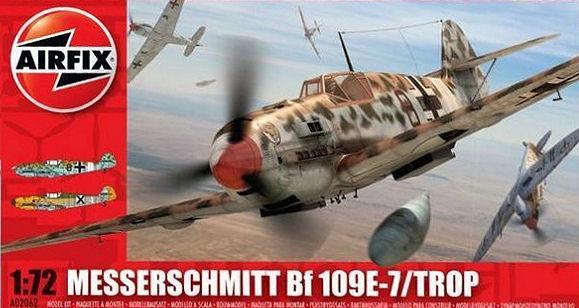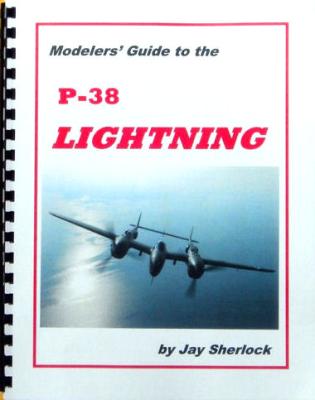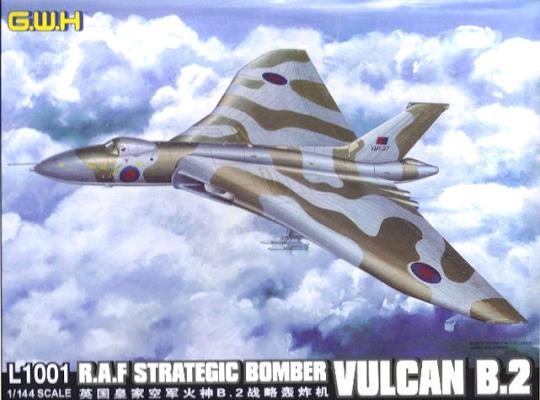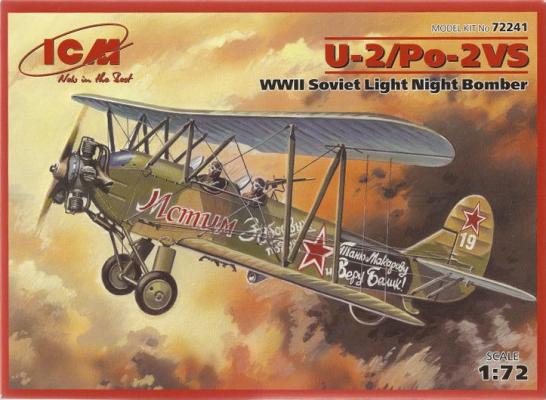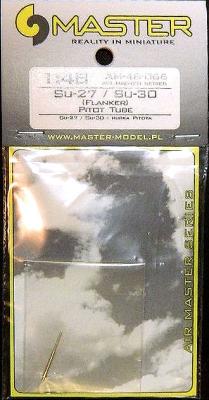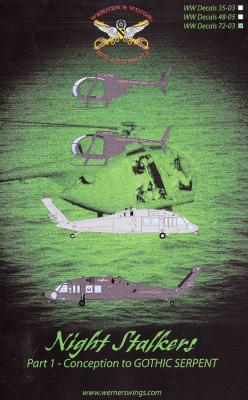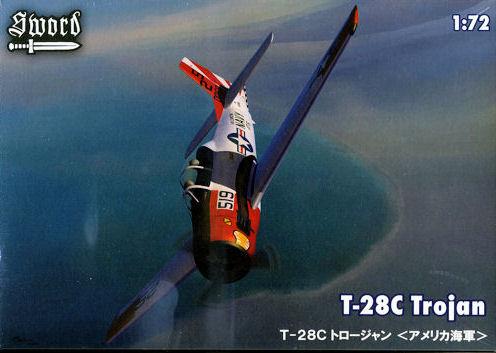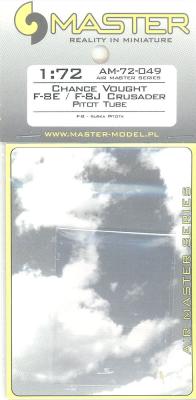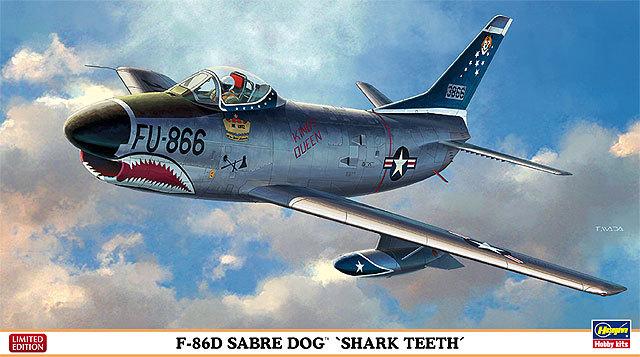Vietnam was called “The Helicopter War,” which suited me just fine, having served as a UH-1H “Huey” doorgunner. But as a modeler, a Long Islander (home to Grumman and Republic), and an armchair historian, I have to concede that quite a number of other aircraft types served heroically, if not stoically, and are owed much, much more appreciation for the extraordinary tasks they accomplished under some of the most suicidal “rules of engagement” ever self inflicted upon a combatant. The Grumman A-6 Intruder has starred in a couple of books and movies, with her pilots among the authors. Indeed, the author of this book, Rick Morgan,”is a retired Navy Lieutenant Commander with more than 2300 hours of flight time… principally in EA-6B Prowler, A-4 Skyhawk and A-3 Skywarrior type aircraft.” Though too young to have served in Vietnam, Morgan flew combat in Desert Storm.
History
Being that there is so much out there on the Bf-109, I will not take up any time with the history. The E variant was the first major upgrade of this airframe and was the main variant from the beginning of the war until mid-1941.
The Kit
This kit is made up of 3 sprues of grey injected plastic and 1 clear sprue. The parts are flash-free and have very fine detail. The only problem I had was the small parts (pitot tube, antenna mast, gun barrels, and counterweights) that have two attachment points on the sprue. It made it very difficult to remove these, and in the case of the mast...I broke it. That being said, I have to hand it to Airfix as their new tooled kits are fantastic. The decal sheet gives you markings for two aircraft – one Luftwaffe In desert cammo (black 8) from 1941 and one Royal Bulgarian aircraft from 1942. Since no swastika is provided and I had no spares, my choice was simple.
Modelers’ Guide to the P-38 Lightning is the third in a series of books published by Aero Research to aid modelers who want to build accurate models of specific aircraft. According to the first sentence in the book’s introduction: “This book is a guide to building any military variant of the P-38 Lightning, using existing kits.” That is not an understatement. The book will be a very useful reference for anyone planning to build any P-38. All variants, from prototype to the M model (and all photo-recon versions) are included. Author Jay Sherlock has done a thorough job of researching and organizing pertinent information that modelers usually find they need sometime during a project. As a matter of fact, the book will come in handy before starting the project – when deciding which kit to purchase. The first chapter describes in detail all kits currently available in 1/44, 1/72, 1/48 and 1/32 scales, and each description includes a small color photo of the box top.
Great Wall is a company new to me. I have seen their wonderful P-61 in a much larger scale and was impressed. This kit of the Avro Vulcan B.2 is equally impressive, especially considering the small scale.
Upon opening the box, I was Impressed with the packaging. Everything was either wrapped in plastic or foam paper. The fuselage is broken in half horizontally. I really liked the one-piece intakes that fit perfectly. In fact, every piece on this kit fits beautifully. No filler was needed at all.
Due to locating pins in the wings, they snapped together perfectly. This was the best fitting kit I have ever built.
I didn’t forget to add a nose weight before closing the fuselage. The kit includes an instrument panel and two pilots which I didn’t put in, as they cannot be seen thru the tiny windscreen.
History
The Polikarpov U-2 biplane was designed and built during 1928 as a primary trainer for the fledgling Soviet Air Force, and it seemed to possess all of the characteristics desired by that service, including rugged all-wood construction, a low-powered but reliable power plant, and excellent flying characteristics. It was produced in massive numbers, approximately 40,000 of them eventually being manufactured in the Soviet Union and foreign countries. The type was adaptable to many uses, including training, air ambulance, night bombing, crop dusting, and a few were even used as floatplanes. During the war, the plane was re-designated Po-2 in honor of the designer, Nikolai Nikolaevich Polikarpov. A few were even used by the North Koreans during the Korean War for night harassment, as, having all-wood construction, they had a very low radar profile. There are still a few flying today, especially in Europe.
- Sukhoi Su-27, AM-48-066, $8.50
- Harrier GR.3, AM-48-069, $5.50
- Sea Harrier FRS.1, AM-48-070, $6.50
Iwona and Piotr at Master Model in Poland are a gifted team. Here’s to you and your efforts; we FINALLY have a source for detailed, strong, accurate pitot tubes (and other things like gun barrels) with exquisite detail! Thank you for providing IPMS USA with these review samples, which were passed to me. We appreciate and support you!
New from Floyd Werner and Werner’s Wings are decals and history for the Night Stalkers, the 160th Special Operation Aviation Regiment (SOAR). This set of decals covers the history of the group from its conception in 1981 through Operation Gothic Serpent in 1993.
The aircraft covered here are H-60's and H-6’s in 1/72 scale. The decals are also offered in 1/35th and 1/48th scales. The decals cover eight markings for the H-6 and 9 markings for the H-60. Each scheme has a specific color guide and also notations about specifics of that particular helicopter. There are notes about antennae locations, markings, and history of all airframes.
The North American T-28 was used by both the Air Force and Navy and was designed as a replacement for the old T-6/SNJ. It saw use in the American military from the 1950's until the mid 80's. In the end there were 4 variants, the A, B, C, and the counter-insurgency D models. Several other variants, such as the Fennec, were used in foreign service.
The T-28C, the subject of this kit, came out in 1955 and was the same as the B model except for the tail hook installed for carrier training and a slightly shorter prop. The T-28C had a Wright R-1820 engine and a three-bladed prop.
Master Model is a company that makes turned brass aftermarket parts, specifically pitot tubes, refueling probes, and antennas.
The first thing I would like to point out is how good the packaging and instruction sheet is. The packaging consists of a zip-lock type bag, while the part is in a smaller bag, keeping it from moving all over. The instruction sheet is very clear and easy to understand, only needing 3 steps. Cut off original part, drill a hole (0.8 mm), glue in the new metal part – complete. Just be careful drilling the hole, especially in 1/72.
When compared to the kit part – there is no comparison. The kit pitot tube looks like a little blob of plastic, while the Master Model part is a complete work of art. Once you use a couple of these pieces you will be completely spoiled and never want to use the kit pitot tubes again.
I happen to love F-86s in any shape or form, and the “D” is one of my favorites. I have built a few in the past in most scales and welcomed this one by Hasegawa in 1/72 as I never built one in this scale.
With this kit, Hasegawa chose to do it in the unusual “Shark Mouth” markings. This is a pleasant change from the usual marking as seen on most “D” models.
Upon opening the box, I was greeted with the usual Hasegawa silver plastic in four sprues, plus a clear one. The moldings were crisp with engraved panel lines. I had looked at an older kit of the “D” by Hasegawa and it seems to be the same kit, only with new decals.
Assembly was straightforward with no fit problems. The wings went on without the need of filler. One must remember to add a weight to the nose to prevent tail dragging. The cockpit was very nice; however, I think that seat harnesses could have been molded to the seat for a better look. I added some from tape.

